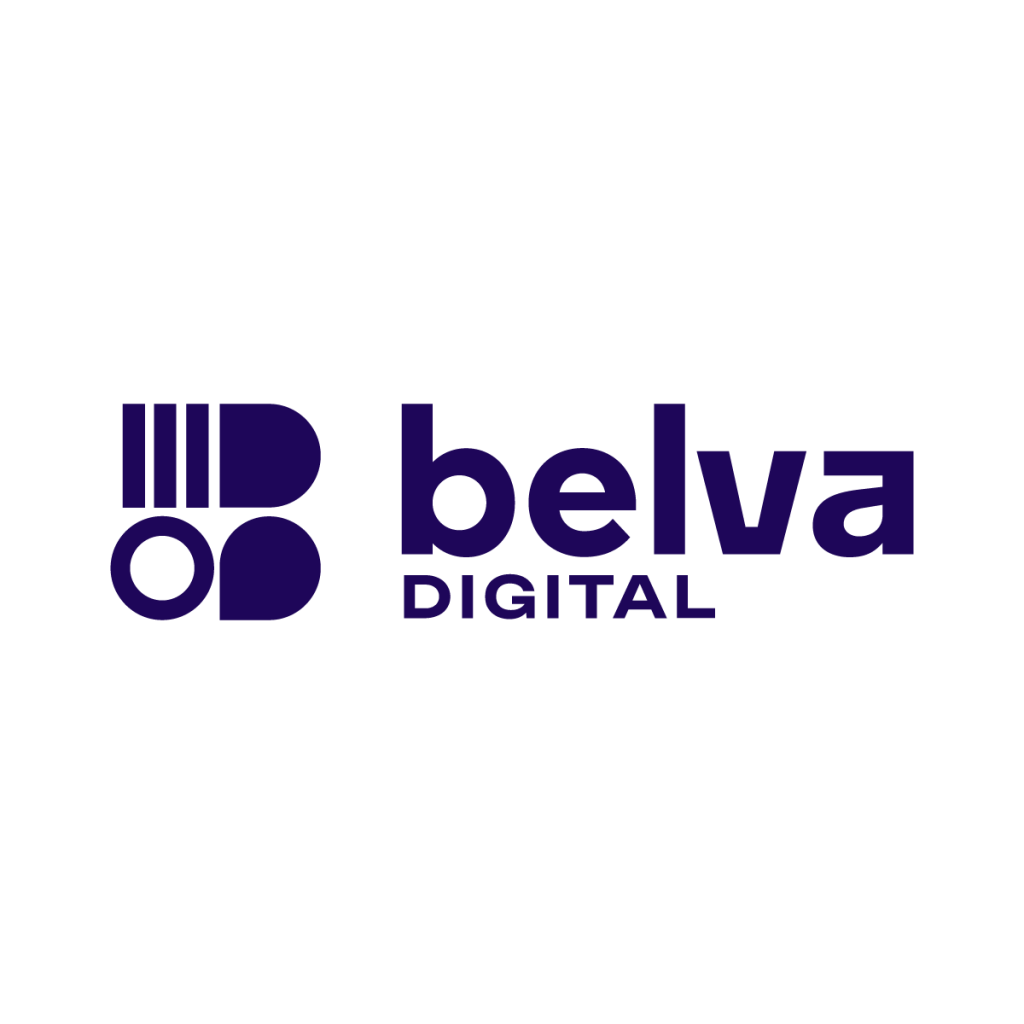Guess what? Even the biggest and most respected companies know they have gaps in their strategies in the digital age. That is what we found out this week when the New York Times Innovation Report leaked to the world through BuzzFeed and Mashable. When you are on this side of the world, you always think about how far we have to go digitally. And so it is quite a comfort to know that even the best go through similar struggles. Here is one of the best content marketing case studies to have been handed to us this year and the lessons derived. (Find the report below)
You have great content, you need to reach more people
Discovery
You know how we always think quality content will just be found? It’s not true. Oh, we are being modest. We do not want to brag. I know I think like that. The New York Times employed the same thinking until the report. It cites a scenario where The Huffington Post outshines it by using the Times’ own content! You know how we get mad at those sites that steal the content that we spent sleepless nights mulling over the piece? Yes, a HuffPost executive is quoted saying that “You should defend the digital pick-pockets from stealing your stuff with better headlines, better social.” Hmm…
Promotion
Good content can be discovered by your loyal readers because they are bound to find you as they probably follow you on every network. In fact, they will retweet your stories and share them. But that can only go so far. We have to acknowledge that there are influencers out there who reach far more people and whose word is taken as gospel truth. If you know your content is great and will resonate with a certain influencer, hit them up. There is nothing wrong with promotion if you believe in your content or product.
Connection
User-generated content is one of the connection areas. It may be a tough place to go but we all know that having readers contributing to a blog or news site works wonders in growing your audience and maintaining loyalty. It’s an area the New York Times confesses to having issues in but it all starts with embracing the conundrum.
You must evolve
Whether it is a website redesign or better distribution strategies, you must evolve. Like the Daily Nation and Standard made their sites responsive. A look at the Internet Archive shows you how far the newspaper online editions have come. Daily Nation is offering ePapers now. There are a ton of ways to reach new audiences. Unlike the US where digital subscriptions are a norm, we are yet to get there here. The question is, will we be ready to launch when that time comes?
Daily Nation may be no. 1 in print but on digital, The Standard gives it some tight competition. Depending on the time of year, either of the two is ahead. The traffic and engagement stats are proof. Sometimes, really good journalism is discovered months later. If we are really a news website, shouldn’t Internet users discover these pieces immediately? There is nothing wrong with evergreen content but this is an indication of slacking in making articles discoverable within websites. In fact, if you keep hiding your news from back in the day, another new and obscure website will discover it and refashion it into their own traffic-driving content and they will do so without batting an eye or even breaking the law.
Get familiar with disruption. Do not ignore competitors
As defined in the report below, disruption is “a predictable pattern across many industries in which fledgling companies use new technology to offer cheaper and inferior alternatives to products sold by established players.” You know, like what smaller websites like Ghafla!Kenya and The Kenyan Daily Post have done. They came in and are taking over the Kenyan web gradually. They may be offering low-quality content that puts savvy readers off but they keep getting the attention of the layman on Facebook. Pretty soon, they may think of actually investing in quality and before the big kahunas know it, they have taken over the news scene. That is what happened with sites like BuzzFeed. The Kodak story is quoted yet again like in many other places before this report. Kodak laughed digital cameras off. Do you even remember what a Kodak film looked like? My eight-year-old baby sister has never heard of Kodak. Are you getting this? Even if the New York Times did not publish its Innovation report, it sure did its homework. It has a competitor cheat sheet that is thoroughly researched.
Other takeaways:
Your digital team has to work seamlessly with the content creators. Collaboration is the name of the game.
Experimenting never hurt anybody. It is the digital age. You have to offer more on the website. It is not a carbon copy of the print edition.
Improving your digital strategy does not mean you should stoop to the level of sites that you probably regard as too tacky. Maintain your quality content that makes our BBC (Born Before Computers) dads buy newspapers every day but makes the youth come to your website too. They are hungry for quality content, they just don’t know it yet. Only then will you be in a position to actually come up with subscription models that ensure your sustainability even in the paperless age. We may be years away from the New York Times strategy but we have learnt a lot. Hopefully, you will too, and do something. The good thing is that media houses in Kenya have actually acknowledged the power of digital, they just haven’t really pulled off solid strategies. This goes beyond media houses. It is for anyone in the content marketing business. Borrow a leaf and customize it to your needs.









